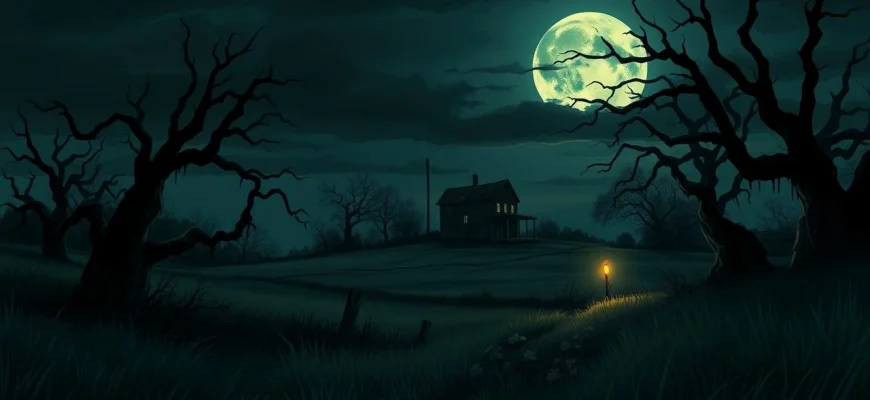If you're a fan of the gritty, unsettling horror of 'The Last House on the Left' (1972), you're likely craving more films that deliver the same raw intensity and psychological terror. This article explores 10 movies and shows that share similar themes of revenge, survival, and unflinching brutality. Whether you're drawn to the shocking realism or the moral dilemmas presented in the original, this list will guide you to more cinematic experiences that push boundaries and leave a lasting impact.
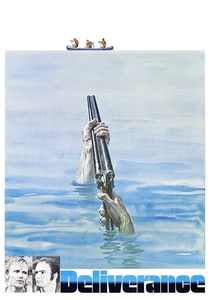
Deliverance (1972)
Description: While not strictly a horror film, 'Deliverance' shares with 'The Last House on the Left' themes of civilized people confronting primal violence. Both films feature brutal assaults that challenge the characters' (and audience's) notions of humanity. The backwoods setting and sense of isolation create similar atmospheres of dread.
Fact: The famous 'dueling banjos' scene was improvised, with the local boy actually playing the banjo part. Burt Reynolds performed his own dangerous stunts in the river sequences. The novel's author, James Dickey, appears as the sheriff in the film's final scenes.
 Watch Now
Watch Now 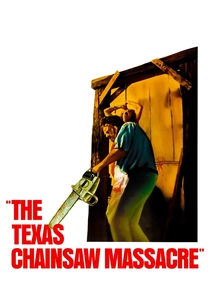
The Texas Chain Saw Massacre (1974)
Description: Similar to 'The Last House on the Left' in its raw, unflinching portrayal of violence and terror. Both films are seminal works in the exploitation horror genre, featuring brutal assaults on unsuspecting victims by deranged antagonists. They share a low-budget, gritty aesthetic that enhances the sense of realism and dread.
Fact: The film was marketed as based on true events to heighten its impact, though its connections to real-life crimes are tenuous. The iconic Leatherface character was inspired by real-life serial killer Ed Gein, who also influenced 'Psycho'. The movie was shot in the sweltering Texas summer heat, adding to the actors' genuine discomfort seen on screen.
 Watch Now
Watch Now 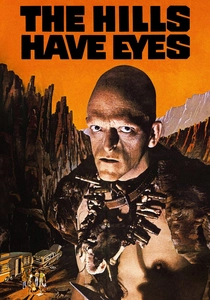
The Hills Have Eyes (1977)
Description: Like 'The Last House on the Left', this film explores themes of family under siege and the breakdown of civilization. Both movies feature extreme violence and a stark contrast between the perpetrators and victims, with a focus on the primal nature of survival. Wes Craven's direction in both films emphasizes psychological terror and visceral horror.
Fact: Wes Craven was inspired by the legend of the Sawney Bean clan, a mythical Scottish family of cannibals. The film's desert setting was chosen for its isolation and harsh conditions, mirroring the characters' ordeal. The movie's budget was so low that some of the mutant family members were played by the crew's friends and family.
 Watch Now
Watch Now 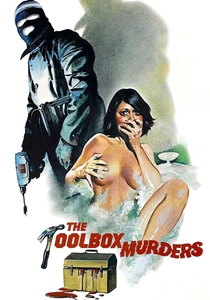
The Toolbox Murders (1978)
Description: This film shares with 'The Last House on the Left' a focus on brutal, intimate violence and the terror of home invasion. Both movies feature graphic depictions of assault and murder, with a raw, unpolished aesthetic that enhances their disturbing nature. The use of everyday objects as weapons in 'Toolbox Murders' echoes the improvised violence in Craven's film.
Fact: The film was marketed with the tagline 'Remember...you can't scream if you're dead!'. It was one of several 'toolbox'-themed exploitation films of the era, capitalizing on the success of similar titles. The movie was briefly banned in the UK as part of the 'video nasties' crackdown in the 1980s.
 Watch Now
Watch Now 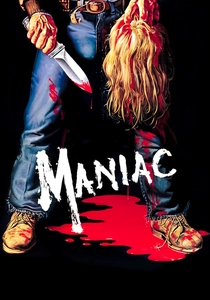
Maniac (1980)
Description: This film shares with 'The Last House on the Left' a disturbing, first-person perspective on violence and madness. Both movies push the boundaries of acceptable content, featuring graphic depictions of murder and psychological torment. The low-budget, gritty production values contribute to their unsettling realism.
Fact: Joe Spinell, the lead actor, co-wrote the screenplay based on his own experiences with New York City's seedy underbelly. The film's notorious scalpings were achieved using real animal parts purchased from a butcher. Tom Savini's special effects work in the film is considered some of his most shocking and realistic.
 Watch Now
Watch Now 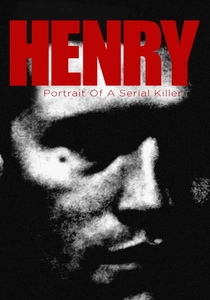
Henry: Portrait of a Serial Killer (1986)
Description: Both films present a stark, unglamorized look at human depravity, with 'Henry' taking a more clinical approach to its subject matter. Like 'The Last House on the Left', it features brutal violence that feels disturbingly real, eschewing typical horror movie tropes for a more documentary-like style.
Fact: The film was loosely based on real-life serial killer Henry Lee Lucas, though it takes significant creative liberties. It was shot on 16mm film with a budget of just $110,
 Watch Now
Watch Now 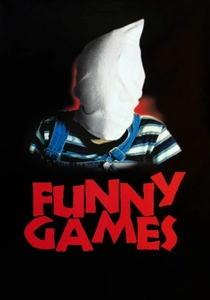
Funny Games (1997)
Description: Michael Haneke's film shares with 'The Last House on the Left' a focus on the randomness and cruelty of violence, as well as a critique of audience complicity. Both films break the fourth wall to implicate viewers in the onscreen brutality. The home invasion scenario and psychological torture are common to both.
Fact: Haneke made a nearly shot-for-shot American remake in 2007 with Naomi Watts. The film's title comes from the killers' term for their violent 'games' with the family. Haneke intended the film as a commentary on media violence and its consumption.
 Watch Now
Watch Now 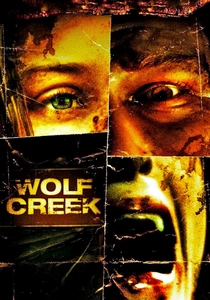
Wolf Creek (2005)
Description: This Australian horror film shares with 'The Last House on the Left' a focus on realistic, sadistic violence against young travelers. Both films are loosely inspired by true crimes and feature prolonged sequences of torture and survival. The outback setting provides a similar sense of isolation and helplessness as Craven's backwoods locations.
Fact: The film was inspired by the real-life cases of backpacker murders in Australia. Director Greg McLean modeled the killer Mick Taylor on Australian bushman stereotypes. The film's success spawned two sequels and a television series.
 Watch Now
Watch Now 
Inside (2007)
Description: This French extreme horror film shares with 'The Last House on the Left' an unrelenting focus on graphic violence and maternal themes. Both films feature home invasions where the sanctity of domestic space is violated in shocking ways. The visceral, uncompromising approach to horror is similar in both.
Fact: The film was shot in just 17 days on a minimal budget. It was banned in several countries due to its extreme violence. The lead actress, Alysson Paradis, is the sister of singer Vanessa Paradis and aunt to Lily-Rose Depp.
 Watch Now
Watch Now 
The Virgin Spring (1960)
Description: Ingmar Bergman's film was a direct inspiration for 'The Last House on the Left', with both sharing the story of a brutal assault followed by parental revenge. The films differ in tone and style, but their core narrative of violence begetting violence is identical. Bergman's medieval setting contrasts with Craven's contemporary one, but the moral questions remain similar.
Fact: The film is based on a 13th-century Swedish ballad. It won the Academy Award for Best Foreign Language Film in 196The young female lead, Birgitta Pettersson, was so affected by her rape scene that she reportedly didn't act for years afterward.
 Watch Now
Watch Now 
